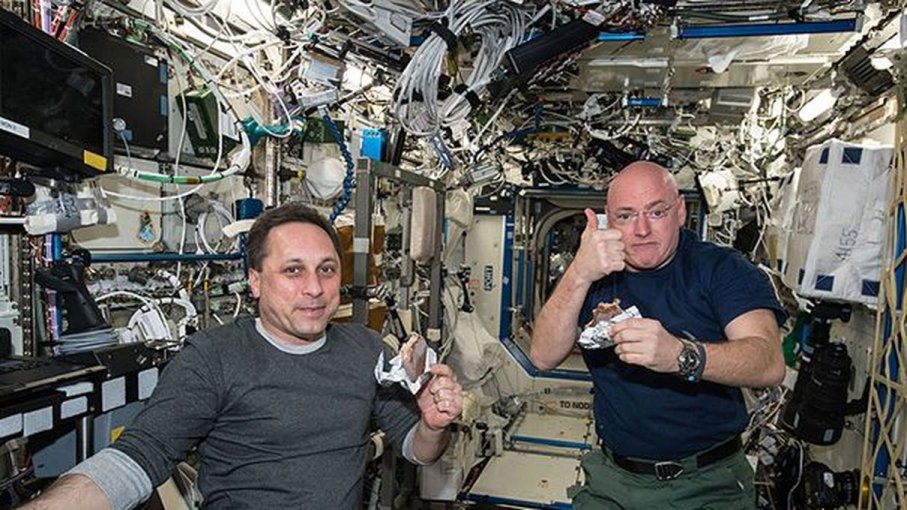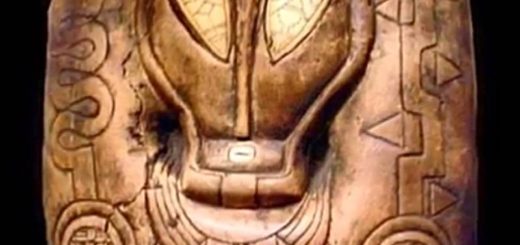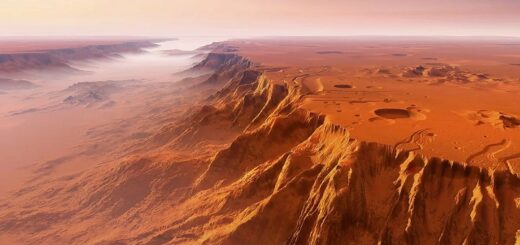NASA Study Discovers ‘Space Gene’ and More

NASA recently took another small step for man that could eventually turn Hollywood’s dreams of a Mars mission into reality. Preliminary results from the One-Year Mission, as well as a bonus Twins Study were recently unveiled at a NASA conference in Galveston, Texas. And although they’re still being analyzed to the nth degree, some interesting data is coming out about potential effects of spaceflight on the human body.
“While some of the individual findings add new support to extant hypotheses, others offer exciting new insights into the fundamental biological changes experienced by a person participating in long-duration spaceflight,” says Dr. William H. Paloski, director of NASA’s Human Research Program in an email.
The welfare of potential astronauts is not to be taken lightly. Exposure to certain aspects of the trade, like space radiation and physical activity-limiting circumstances can put ill-equipped astronauts at risk of serious consequences down the line. In addition, continuous exposure to low- or zero-gravity environments can cause bone loss, increasing the threat of post-mission breaks and fractures. Muscle fibers also tend to shrink under the same circumstances, resulting in weakness and coordination issues.
The One-Year Mission
The One-Year Mission began in March 2015, when American astronaut Scott Kelly and Russian cosmonaut Mikhail Kornienko began working together on the International Space Station. The complete results from the study will help determine the impact of space living on astronauts’ bodies, including sensorimotor skills, cardiovascular health, and basic functions like posture and balance.
Many of the research findings from Kelly and Kornieko’s stay have been compared with previous data from six-month mission astronauts. Among the intel gleaned: Kelly and Kornieko reportedly experienced dramatically different postflight recovery, which could emphasize the need for tweaks to preflight training, particularly the sort that involves Earth’s gravitational field.
Fine motor skills analysis also show that their reaction time and accuracy took a hit when the astronauts had to readjust to Earth’s gravity. Their posture control, muscle dexterity and physical stability was also challenged upon their return to Earth, although not any more so than the previously studied six-month mission-goers.
The Twins Study
NASA also saw a unique opportunity for a nature versus nurture study, since U.S. astronaut Scott Kelly is an identical twin, whose brother Mark happens to be a retired astronaut with similar life experiences (allowing for a pretty stellar control subject). Thus, NASA launched the supplemental Twins Study, and 10 researchers are now comparing biological samples taken from both men before, during and after Scott’s yearlong mission on the ISS. They’ll be able to compare the impact the vastly different environments have on genetically identical people, including everything from teeny molecules all the way up to full-body function.
Whole genome sequencing has been completed on both Kelly brothers and has shown hundreds of unique mutations in their genome, which is normal. However, one interesting finding is that RNA (transcriptome) sequencing in their white blood cells revealed 200,000 molecules that the twins expressed differently during Scott’s spaceflight period. This indicates the possibility of an activated “space gene,” which researchers are exploring further. They will look closer to see if a”space gene” could have been activated while Scott was in space.
Telomere length also began to vary during the space period. Telomeres are chromosome-protecting caps located on the ends of DNA strands. Scott’s telomeres got longer while on his mission, which is actually the opposite of what the researchers expected (telomeres are known to shorten as we age). This change could be the result of Scott’s increase in exercise and calorie intake in space, especially since his telomeres shortened back up after he returned to Earth.
Variations in gene expression could be attributable to the drastic environmental change. Scott experienced lower levels of chemical DNA modification while on the ISS, including telomeres. NASA says that this could indicate that certain genes are more susceptible to environmental factors than previously thought.
The findings are encouraging for those who long to eventually rub elbows with Marvin the Martian. “Nothing presented in Galveston suggests that future missions to Mars may be more difficult for the space explorers than we previously expected,” Dr. Paloski says. “More insight is expected to be revealed later this year.”



 Creators of mankind
Creators of mankind Description of “Tall white aliens”
Description of “Tall white aliens” Where they came from?
Where they came from? About hostile civilizations
About hostile civilizations The war for the Earth
The war for the Earth “Tall white aliens” about eternal life
“Tall white aliens” about eternal life Video: “Nordic aliens”
Video: “Nordic aliens” Aliens
Aliens Alien encounters
Alien encounters The aliens base
The aliens base UFO
UFO Technology UFO
Technology UFO Underground civilization
Underground civilization Ancient alien artifacts
Ancient alien artifacts Military and UFO
Military and UFO Mysteries and hypotheses
Mysteries and hypotheses Scientific facts
Scientific facts


















